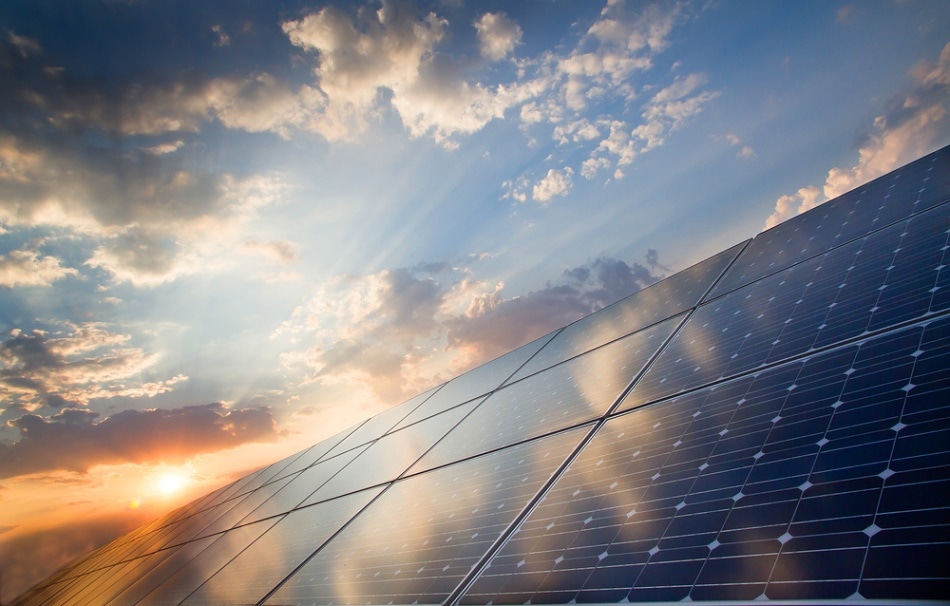Oct 3 2016
 Image Credit: foxbat/Shutterstock.com
Image Credit: foxbat/Shutterstock.com
Significant progress in generating electricity by blending thermoelectric materials and concentrating solar power has been reported by the University of Houston and Massachusetts Institute of Technology.
Researchers have demonstrated a promising new alternative solar energy technology by combining concentrating solar power, which transforms light into heat that is later used to produce electricity, with segmented thermoelectric legs, developed from two diverse thermoelectric materials, each functioning at varied temperature ranges.
Nature Energy features a report on the findings of these researchers.
Zhifeng Ren, MD Anderson Professor of physics at the University of Houston and an author of the paper, stated that the study demonstrates a new cost-effective, nontoxic process that will help to produce power. This process does not aim at replacing large-scale power plants, but it could be majorly useful for isolated areas that are not on a conventional electric grid powering, for example, small clusters of homes or businesses.
In addition to generating electricity, the new technology will also be able to generate hot water, which is valuable for both industrial and private purposes.
Other authors on the paper include Gang Chen, Daniel Kraemer, Kenneth McEnaney, Lee A. Weinstein and James Loomis, all of MIT, and UH researchers Qing Jie, Feng Cao and Weishu Liu.
Ren, who also is a principal investigator at the Texas Center for Superconductivity at UH, stated that the research draws on the previous work carried out by the researchers. This earlier study illustrated proof of the concept. This project was partially supported by the Department of Energy, and the researchers in fact developed a device for measuring the performance of optical concentration in order to enhance the overall efficiency of the system.
The researchers illustrated an efficiency of 7.4%, however based on their calculations they further reported that the device is capable of obtaining an efficiency of 9.6%. An efficiency of 4.6 % was obtained in the earlier work of the researchers.
“The performance improvement is achieved by the use of segmented thermoelectric legs, a high-temperature spectrally selective solar absorber enabling stable vacuum operation with absorber temperatures up to 600 (degrees) C, and combining optical and thermal concentration,” the researchers wrote. “Our work suggests that concentrating STEGs (solar thermoelectric generators) have the potential to become a promising alternative energy technology.”
The researchers achieved greater efficiency by using a solar absorber, boosted by optical concentrators in order to enhance the energy density and increase the heat. The absorber was positioned on legs built of thermoelectric materials. Bismuth telluride, a very common thermoelectric material, was used in the earlier work of the researchers, but this version used bismuth telluride for the lower half of the legs and skudderudite for the top half.
Thermoelectric materials generate electricity by exploiting heat current flowing from a warmer region to a cooler region. The researchers used two materials to take advantage of a wider range of temperatures developed by the boost generating efficiency and the solar absorber.
For example, skutterudite works best at temperatures of more than 200°C, and bismuth telluride performs best at temperatures lower than that level.
“The record-high efficiencies are achieved by segmenting two thermoelectric materials, skutterudite and bismuth telluride, coupled to a spectrally selective surface operated at close to 600 (degrees) C by combined optical and thermal concentration of the sunlight,” they wrote.